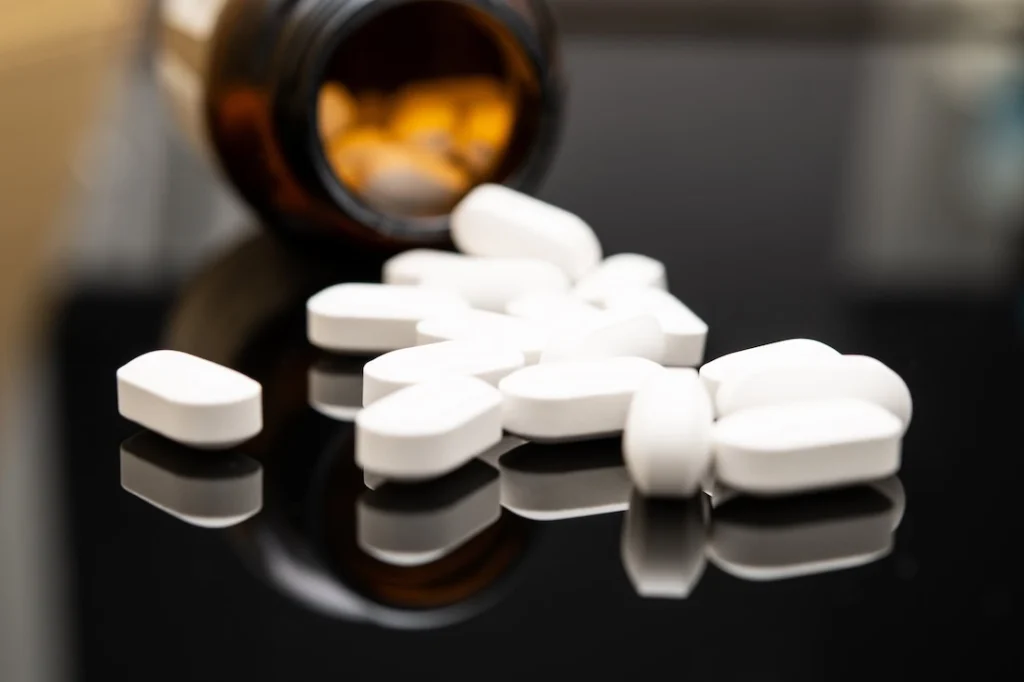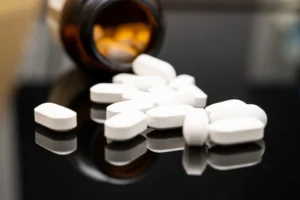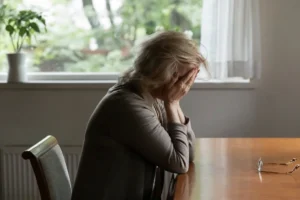Opioids connect to natural opioid receptors in your brain, which are otherwise responsible for managing pain and emotions. Unfortunately, when opioids from prescription or illegal drugs connect to your opioid receptors, they come in higher doses, which means a stronger neurological reaction and a higher risk of dependence and overdose.
Understanding the Opioid Crisis
Starting in the 1990s, new prescription opioid medications flooded the market, like Oxycontin. At the same time new campaigns encouraged increased pain management throughout the United States.
Prescription Opioids
The result, according to the CDC, was that prescription opioid sales from 1999 until 2010 quadrupled in the United States, and at the same time, so did opioid abuse, addiction, and overdose-related deaths.
Individuals were given prescriptions far more readily than ever before, even for conditions that did not necessarily warrant extreme opioids and could have been dealt with through a less addictive pharmacological approach.
At the same time, individuals were more likely to receive multiple prescriptions in large part because doctors were being rewarded by the drug manufacturing companies, with increasing rewards for higher rates of prescriptions. This meant that a doctor would be rewarded for prescribing opioids to every patient, incentivizing them to prescribe opioids in cases where it wasn’t necessarily needed or even in cases where an individual was already at risk for tolerance or addiction.
During this time, an average of 25,000 people died from opioid-related overdoses through 2005 and up to 50,000 through 2016, reaching nearly 85,000 in 2020.
Heroin
Concurrently, heroin became a problem. As an illegal opioid, prices for heroin started to decline at the same time that the opioid crisis took hold. Understanding the opioid crisis hinges on understanding that around 2010, the majority of heroin in the United States came from South America and Mexico. As prices declined and availability increased, people who had previously held prescriptions for opioids but could no longer get a prescription were turning to street drugs like heroin.
Between 2010 and 2016, the rate of heroin-involved overdoses increased from one for every 100,000 people to five for every 100,000 people.
By 2015, heroin was the leading opioid in overdose deaths, surpassing prescription opioids. This increase in heroin use and overdoses is sometimes called the second wave of the opioid crisis.
Fentanyl
In 2016, synthetic opioids took the lead primarily fentanyl. Fentanyl became the leading opioid in overdose deaths across the United States.
Fentanyl is up to 50 times stronger than heroin, and while pharmaceutically it can be used to treat severe pain, illegal, recreational versions manufactured in Mexico were and continue to be often mixed with other drugs like cocaine or heroin and sometimes even put into counterfeit prescription pills.
This means that many people who are using counterfeit prescription pills are unaware that they are developing a secondary addiction to fentanyl. As such, between 2015 and 2020, opioid-related overdose deaths with fentanyl as the main opioid doubled from 10 for every 100,000 people to 21 for every 100,000 people.
This is referred to as the third wave of the opioid crisis.
Tackling the Opioid Crisis with Ava Recovery
Understanding the opioid crisis in terms of the first, second, and third waves is important in understanding how easily an individual who has a prescription for pain management-related opioids can develop a tolerance and, from there, end up using heroin or even fentanyl, sometimes without their knowledge.
At Ava Recovery, we start all of our programs with drug and alcohol detox. Opioid addiction is very difficult to quit in large part because of the severity of withdrawal symptoms that accompany it. With our team, you remain under supervision with access to over-the-counter and prescription medications that ease the severity of your withdrawal symptoms and make it easier for you to overcome your opioid cravings as you transition into the next phase of your treatment plan.
Our team understands how difficult recovery can be. That is why we make it a point to move you through different levels of care without patient programs that meet you where you are and give you the support you need.
Contact our team today to get treatment for opioid addiction.






